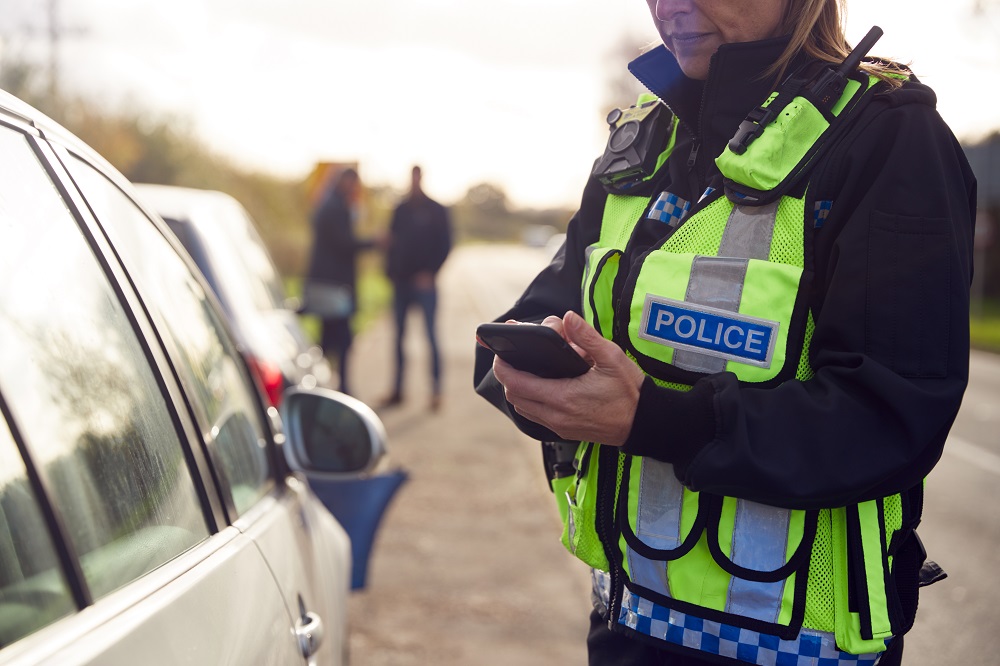When you have an accident, no matter how serious, it is always a problem for both the victim and the cause.
When you get into an accident, the first thing you need to do is to find out who was at fault. This is often not so simple, although sometimes the dynamics reported point more to one side than the other.
There are laws in civil code that regulate the circulation of vehicles: if driving a vehicle causes an accident to property or persons, the driver must compensate the injured parties, after having demonstrated that he did everything possible to avoid the accident. In this case it is quite easy to establish who is at fault. If a driver hits a pedestrian, in most cases the driver is at fault, unless he can prove, for example, that the injured party jumped out of the way and prevented him from reacting to the impact.
In road traffic accidents involving two or more vehicles, until proven otherwise, the drivers are equally at fault. It is then up to the drivers, the witnesses, the insurance companies and finally the judge to establish responsibility for the damage.
Establishing responsibility

When the drivers, in a civilised manner, come to an agreement, they will have to fill in an amicable statement form, the CID, describing verbally and visually the dynamics of the accident. Once it has been signed by all parties involved, it is handed over to their insurance company, which will provide compensation.
In the event that no agreement is reached, the drivers’ insurance companies will establish fault through expert reports.
If there are more or less serious injuries in the accident, the police draw up a report, a significant document for assessing fault. The report contains technical data such as time and place, the dynamics of the accident and witness statements.
The insurance companies will then send a specialist expert to reconstruct the accident and assess whether the dynamics as described by the insured parties match up.
If both parties agree, the compensation is paid, otherwise the case is handed over to a judge, who can decide on the sentence based on the report of the court-appointed expert witness who reconstructs the accident.
Full responsibility
If full responsibility for the accident is established, the victim must be compensated by the insurance company of the person who caused the damage. The amount paid will not always be the same, but will be calculated on the basis of the maximum limits, i.e. the amounts that the insurance company is obliged to reimburse, established by law, and the deductible, i.e. the amount that the insured must pay, defined in the contract.
Being responsible for an accident in which the injured party suffers serious or fatal injuries involves not only financial compensation, but also criminal liability for culpable injury or, in the worst case, road homicide.
Not being insured does not mean no compensation. The injured party must request payment from the Road Victims Fund, which will compensate the victim. The latter will then have financial recourse against the responsible party, including through attachment. The fund will not be liable on the criminal side. In that case, the sentence will have to be served.
You may also like
Scoliosis Disorder
In this article, we will discuss all about “Scoliosis Disorder”. So, let’s dig deep to find all about the different causes, signs, and treatment of this ailment. Scoliosis is a disorder in which the spine curves to the side abnormally. Several distinct variations of scoliosis can affect children and young adults. Idiopathic cancer is the… Continue reading Scoliosis Disorder
Birth Defects from Smoking
In this article, we will discuss all the “Birth Defects from Smoking”. So, let’s dig deep to find all about the effects of smoking on a newborn children. The majority of individuals are aware that smoking can lead to cancer and other serious health problems. Additionally, smoking during pregnancy is associated with an increased risk… Continue reading Birth Defects from Smoking
Legal protection in cases of compensation claims or for personal injury in road accidents
Once the victim has proved that he/she had nothing to do with the accident, compensation must be paid.There are three ways for the victim to obtain compensation for the damage caused: out-of-court, civil court and criminal court. Out-of-court compensation When damage is caused only to vehicles, an out-of-court settlement is reached, i.e. when the parties… Continue reading Legal protection in cases of compensation claims or for personal injury in road accidents
Legal protection of sports facilities in case of accidents and compensation claims
When it comes to legal protection for sports injuries, the first thing that comes to mind is the protection of the person suffering the injury and not the sports facility where the injury occurred. But sports facilities are also entitled to protection in the event of accidents.It should be pointed out that more and more… Continue reading Legal protection of sports facilities in case of accidents and compensation claims
